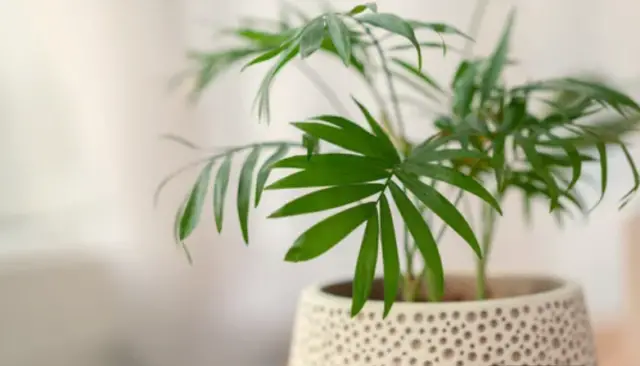We spend a lot of time indoors in our contemporary urban lives, where the air quality is frequently harmed by pollutants and contaminants.
While air purifiers are frequently used to improve indoor air quality, indoor plants are a more eco-friendly and aesthetically beautiful option.
These green miracles effectively purify the air in our homes while also adding a touch of nature.
We’ll look at some of the top indoor plants for purifying the air in this blog post and go into more detail about their advantages and maintenance needs.
Best Indoor Plants for Air Purification List
1) Snake Plant (Sansevieria trifasciata)
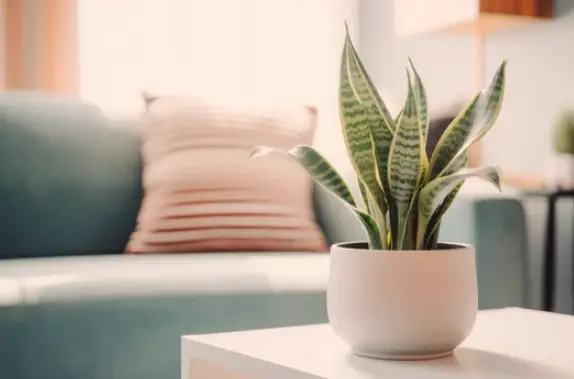
Also known as the “mother-in-law’s tongue,” the snake plant is a popular choice for indoor air purification.
It’s known for its ability to remove formaldehyde, xylene, and toluene from the air.
This plant is not only effective but also incredibly easy to care for, making it a perfect addition to any room.
Its resilience in low light conditions makes it suitable for homes with minimal sunlight.
2) Peace Lily (Spathiphyllum)
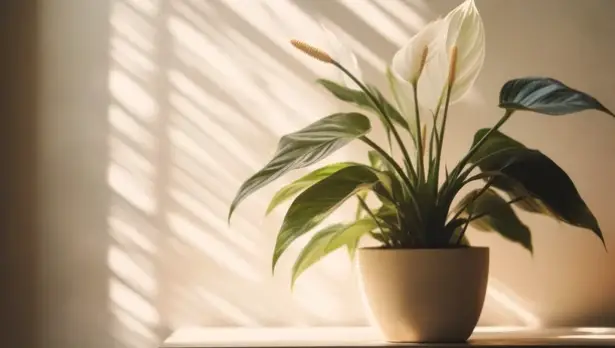
Peace lilies are not just beautiful to look at; they are excellent at removing indoor air pollutants like ammonia, benzene, and formaldehyde.
These plants, with their elegant white blooms, prefer low to medium light and are great for bedrooms or living rooms, where they can add a touch of serenity to your living space.
3) Aloe Vera (Aloe barbadensis miller)
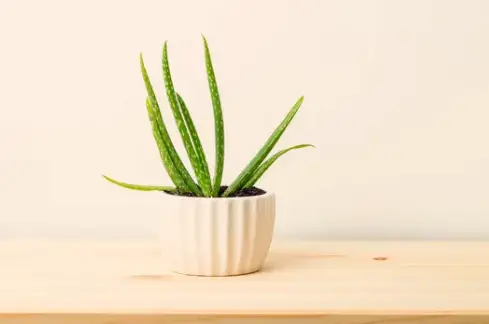
Aloe vera is not just a soothing remedy for sunburns; it also helps purify the air by removing formaldehyde and benzene.
These succulent plants are well-suited to indoor environments and require minimal attention.
They also offer the added benefit of soothing skin irritations with their healing gel.
4) Spider Plant (Chlorophytum comosum)
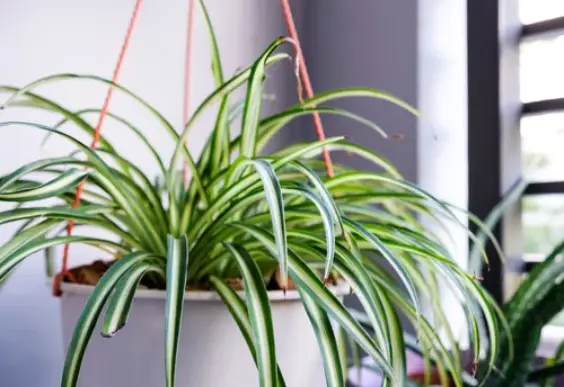
Spider plants are known for their adaptability and air-purifying qualities.
They can remove pollutants like formaldehyde and xylene.
These plants are often found hanging in decorative pots, making them a perfect choice for both small and large spaces.
Their cascading leaves add a decorative touch to your indoor environment.
5) Boston Fern (Nephrolepis exaltata)
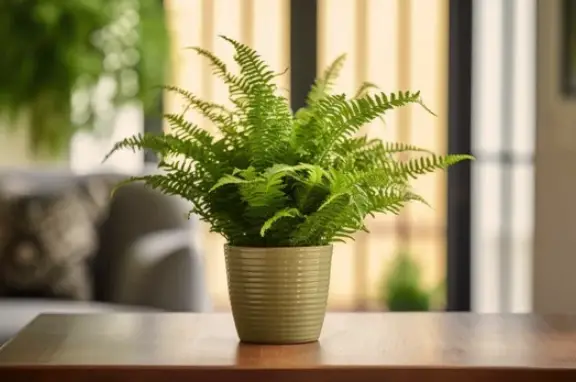
Boston ferns are excellent at removing pollutants like formaldehyde and xylene, making them a healthy choice for your home.
They thrive in humid conditions, making them perfect for bathrooms or kitchens.
However, they do require a bit more care compared to some other plants on this list, such as regular misting to maintain humidity levels.
6) Rubber Plant (Ficus elastica)
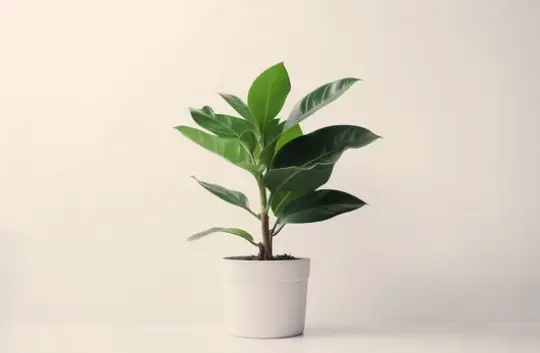
Rubber plants are not only visually appealing but are also great at removing pollutants like formaldehyde.
They do well in bright, indirect light, and are relatively easy to care for.
As they grow, their shiny, dark green leaves add an element of sophistication to your interior decor.
7) Bamboo Palm (Chamaedorea seifrizii)
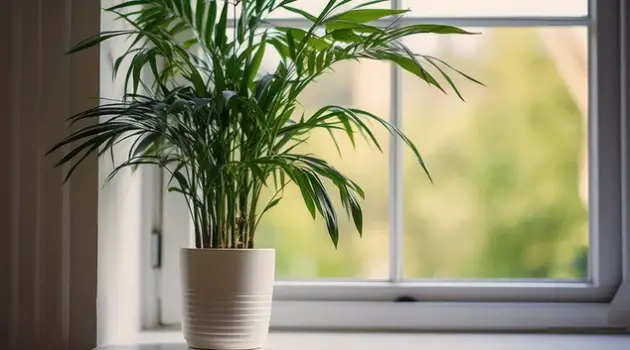
Bamboo palms are a popular choice for adding a tropical touch to your home.
They are effective at removing indoor pollutants like benzene and formaldehyde.
These plants thrive in bright, indirect light and require regular watering to maintain their lush appearance.
8) Gerbera Daisy (Gerbera jamesonii)

If you’re looking to add some vibrant color to your indoor space, consider the Gerbera daisy.
These beautiful flowers are excellent at removing trichloroethylene, a common indoor pollutant.
They thrive in bright, indirect sunlight and are sure to brighten up your living area.
9) Golden Pothos (Epipremnum aureum)

Golden pothos, also known as devil’s ivy, is a low-maintenance plant that’s great at purifying the air by removing formaldehyde and xylene.
They can tolerate a variety of lighting conditions and are ideal for beginners.
Their trailing vines can be hung in baskets or trained to climb, offering versatility in your decor.
10) Lavender (Lavandula)

While not a traditional indoor plant, lavender is known for its soothing aroma.
It can help reduce stress and anxiety, making it a perfect addition to your bedroom.
The fragrance is also believed to improve sleep quality, promoting a restful night’s sleep. Lavender can be grown in pots or as part of a small indoor garden.
Wrap Up
Indoor plants not only enhance the aesthetic appeal of your living spaces but also contribute to better air quality.
These air-purifying plants can reduce indoor pollutants, making your home a healthier place to live.
Whether you are a seasoned gardener or a novice, there’s an indoor plant on this list that can thrive in your home.
So, go ahead and create your indoor green oasis while enjoying the benefits of cleaner, fresher air.
Remember to tailor your plant selection to your space, light conditions, and care capabilities to ensure the success of your indoor garden.

